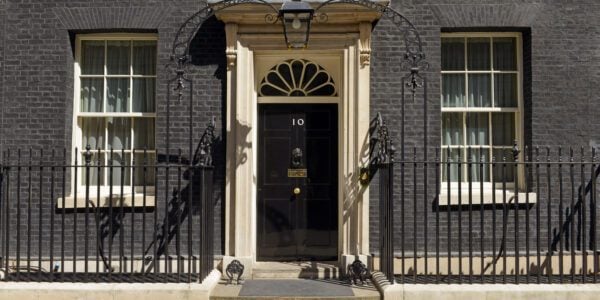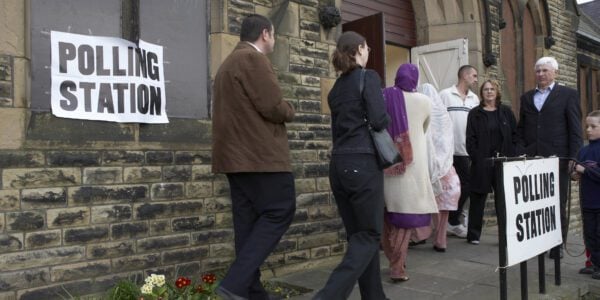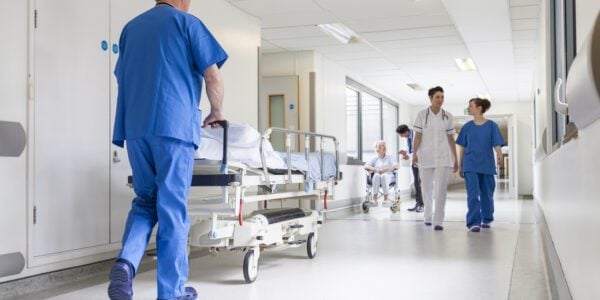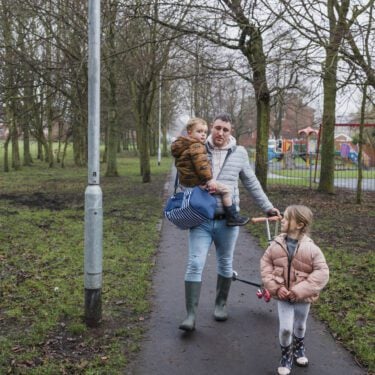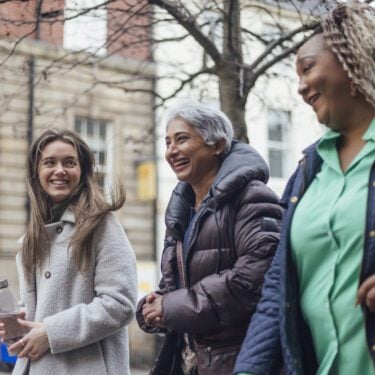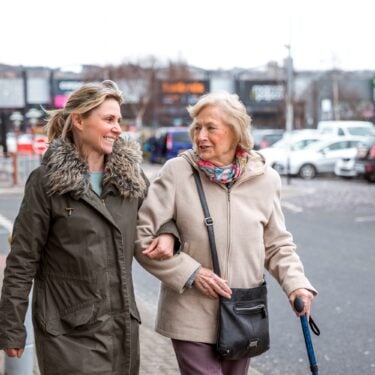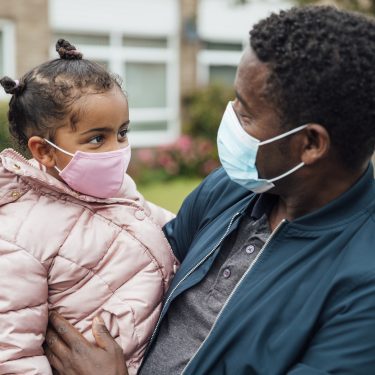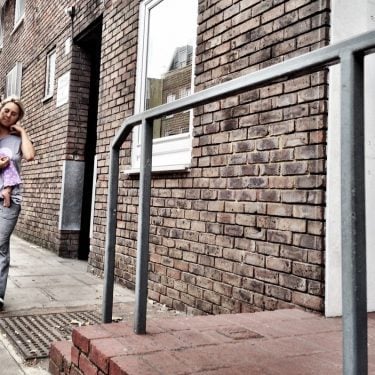The IFS Green Budget 2015, in association with ICAEW and funded by the Nuffield Foundation with analysis from Oxford Economics, is published today.
Debt is set to peak at over 80% of national income. The deficit is still more than 5% of national income. The fact that they remain so high largely reflects poor economic performance at the start of this parliament. But real spending cuts have been substantially less than originally planned, no net additional tax rises have been implemented, and tax revenues have proved less responsive to the economic growth we have had than was expected. Difficult choices lie ahead.
- Some countries have implemented much bigger austerity packages than the UK since 2008. But analysis of IMF forecasts suggests that the UK is currently planning the largest fiscal consolidation out of 32 advanced economies over the period from 2015 to 2019.
- Real terms cuts in spending on public services over this parliament have been smaller than planned, as inflation has come in below expectations but cash spending plans have not been adjusted down to offset this fully. Original plans implied real cuts of 10.6% to departmental spending by the end of this financial year. Current plans suggest cuts of “only” 9.5% by the end of next year. Capital spending by departments has been cut in real terms only about half as much as originally planned by the current government.
- The last five years have demonstrated how hard it is to reduce the level of social security spending. Despite cuts in the generosity of working-age benefits there has been no real reduction in spending on social security as the number of pensioners and the generosity of the state pension has risen, while rising rents and falling pay have increased pressure on the working-age budget.
- Almost all (98%) of the remaining consolidation is currently planned to come from spending cuts. If the plans set out in the Autumn Statement were to be implemented, then we would see real cuts of 14.1% (£51.4 billion) to departmental spending between 2015–16 and 2019–20, on top of 9.5% (£38.2 billion) cuts up to 2015–16. Cuts of this scale could lead to public spending falling to its lowest share of national income since at least 1948 and fewer people working in the public sector than at any time since at least 1971.
- The three main UK parties could each cut spending by less than is implied by Autumn Statement plans and still meet their fiscal targets. If they implement the tax cuts and £12bn cut to social security that they have suggested, to meet their target of budget balance the Conservatives would need to reduce departmental spending after 2015–16 by 6.7% (£24.9 billion). Labour and the Liberal Democrats would need to impose departmental spending cuts of 1.4% (£5.2 billion) and 2.1% (£7.9 billion) respectively to be consistent with their fiscal targets and stated intentions on tax and benefit policy.
- For any overall cut in departmental spending, protecting real spending on health, schools and overseas aid doubles the average cut for all other departments. Protecting these departments from 2015–16 onwards would mean that the Autumn Statement plans for 22% cuts overall between 2010–11 and 2019–20 would become 42% cuts for unprotected departments.
- Labour’s fiscal target, of balance on the current budget, could be achieved with substantially smaller spending cuts than could the Conservative target of overall budget balance. But continuing with Labour’s target over the 2020s would result in debt falling by 9 percentage points of GDP, compared to a 19 percentage point fall in debt under the Conservatives’ proposed overall budget balance.
- None of the parties is talking about significant tax rises, but history suggests that general elections tend to be followed by tax rises. The first year after each of the last five elections has seen the announcement of net tax rises of more than £5 billion per year in today’s terms. On current plans tax receipts will be 1% of GDP lower in 2019-20 than they were in 2007-08.
Oxford Economics forecast that the slump in oil prices will propel UK growth to 3% in 2015. They expect this growth to be driven by consumer spending and business investment, with only a modest contribution from net trade. Further out, they expect the economy to continue to grow at a solid pace, though faster growth would be possible were it not for the drag from fiscal consolidation. While their growth forecasts are similar to those of the OBR, they are significantly more optimistic about the scope for the UK economy to grow before inflationary pressures return. If they are right, less fiscal consolidation would ultimately be needed than is currently planned.
In terms of risks to the UK economy, Oxford Economics see the most significant upside risk being stronger-than-expected recoveries in the US and Eurozone leading to a boost in UK export growth. Conversely a broad-based retreat from risk by investors, resulting in a global sell-off of equities and other assets, could drag the UK back towards recession.
ICAEW provide a detailed analysis of Whole of Government Accounts which illustrates the importance of taking a wider view of government finances than the traditional National Accounts. When you take account of increasing charges for future public service pension payments, a proper accounting for assets, and provisions for the likely future costs of things like nuclear decommissioning and clinical negligence, then in 2012–13 (the latest year available), the accounting deficit of £179 billion was £94 billion more than the current deficit reported in the National Accounts.
Paul Johnson, Director of the Institute for Fiscal Studies and an editor of the Green Budget, said: “Mr Osborne has perhaps not been quite such an austere Chancellor as either his own rhetoric or that of his critics might suggest. He deliberately allowed the forecast deficit to rise as growth undershot in the early years of the parliament. He has not cut spending in real terms as much as planned, as inflation has undershot. And he has cut departmental investment spending by only half as much as he originally planned. One result is that he or his successor will still have a lot of fiscal work to do over the course of the next parliament. The public finances have a long way to go before they finally recover from the effects of the financial crisis.”
In more detail the Green Budget shows that:
Balancing the books will depend on taxes coming in as planned
There are risks to this. Perhaps the biggest is that growth will underperform against what has been forecast. In addition:
- Growth may not occur in a way that is good for tax revenue. Over recent years, growth has comprised more employment than anticipated but lower earnings for those employed. As a result of this, the exchequer is receiving £6.5 billion per year less in tax than it would have done if the balance of growth had been as previously expected. Policy changes also mean that tax revenues have become slightly more sensitive to the composition of growth.
- Indexing fuel duties to the Retail Prices Index could prove politically difficult, as recent experience suggests. Freezing them for five years would cost £4.1 billion.
- There may be pressure to raise tax thresholds faster than planned. For example we estimate that, under current policy, fiscal drag would cause the number of families losing some or all of their child benefit to more than double over the next decade (from 1.2 million to 2.5 million).
Nobody is talking about tax rises – but while painful, they could happen
A new government looking for more revenue could raise around £5 billion by increasing the main rates of income tax by 1 percentage point, or by increasing all employee and self-employed National Insurance contribution (NIC) rates by 1 percentage point, or by raising the main rate of VAT by 1 percentage point.
All the parties have suggested they would like “the rich” to bear their “fair share” of any additional fiscal adjustment. In fact tax revenues are already highly concentrated – for example just 3% of the adult population already pay half of all income tax. A government looking to raise more tax revenue overall from the very well off might look at extending the reach of inheritance tax or capital gains tax, perhaps abolishing some existing reliefs. Rather than introducing a separate ‘mansion tax’, council tax could be brought up to date and refocused on higher-value properties. Further cuts to income tax relief on pension contributions are probably best avoided, although there are subsidies for pension saving that ought to be reduced.
A further £12 billion of cuts to social security would not be easy
Though they are targeting further cuts of £12 billion to annual social security spending, the Conservatives’ most significant announced cut – a two year freeze for all non-disability benefits for those of working age – would reduce spending by less than £2.5 billion (less than the £3.2 billion estimated by the Treasury last autumn). To give a sense of scale, all benefits and tax credits other than state pensions would have to be frozen for the entire five years of the next parliament to achieve a £13 billion cut in spending. This would mean taking an average of £800 a year from 16 million families. Other options to reduce spending on social security include:
- making all housing benefit recipients pay at least 10% of their rent (£2.5 billion);
- abolishing child benefit and increasing universal credit to compensate low-income families (£4.8 billion);
- reducing the generosity of means-tested support for children to its 2003–04 level (£5.1 billion); and
- restricting benefits for families with children to the first two children (which would save around £4 billion a year in the long run).
There are pressures on NHS spending, but protecting the NHS budget would tighten the squeeze elsewhere
In England the National Health Service (NHS) has so far been protected from the large ongoing cuts to departmental spending. But the NHS faces a number of significant pressures from a growing and ageing population, rising demand and rising costs.
The Autumn Statement plans imply average annual departmental spending cuts of 3.7% between 2015–16 and 2019–20. Were spending on the NHS to rise by £8 billion over the course of the next parliament – the minimum NHS England believe is plausible – then, under Autumn Statement plans, the average annual cut for other departments would reach 6.1%.







